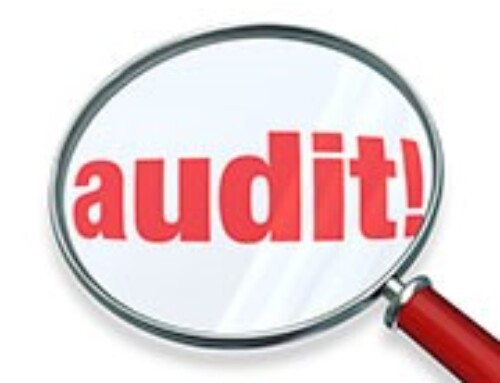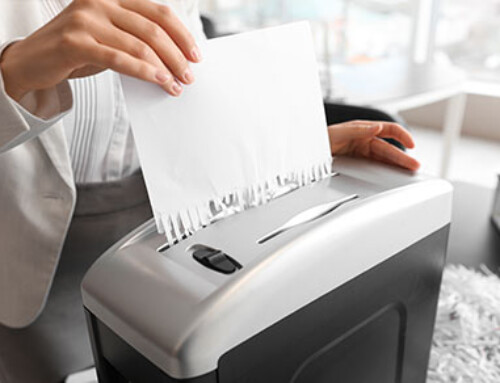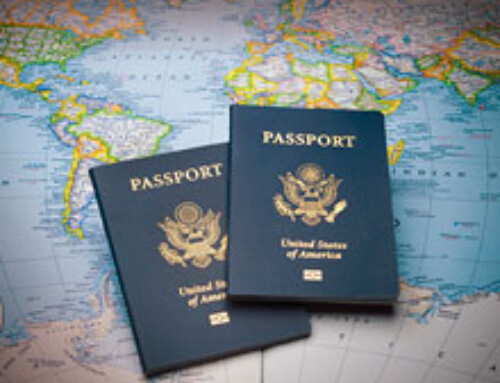The Coronavirus Aid, Relief, and Economic Security (CARES) Act unwinds some of the tax-revenue-generating provisions included in a previous tax law. Here’s a look at how the rules for claiming certain tax losses have been modified to provide businesses and individuals with relief from the financial effects of the novel coronavirus (COVID-19) crisis.
Liberalized Rules for NOL Deductions
The CARES Act includes favorable changes to the rules for deducting net operating losses (NOLs). First, it permanently eases the taxable income limitation on deducting NOLs.
Under an unfavorable provision included in the 2017 Tax Cuts and Jobs Act (TCJA), an NOL arising in a tax year beginning in 2018 and beyond and carried over to a later tax year couldn’t offset more than 80% of the taxable income for the carryover year (the later tax year), calculated before the NOL deduction. As explained below, under the TCJA, most NOLs arising in tax years ending after 2017 also couldn’t be carried back to earlier years and used to offset taxable income in those earlier years. These unfavorable changes to the NOL deduction rules were permanent — until now.
For tax years beginning before 2021, the CARES Act removes the TCJA taxable income limitation on deductions for prior-year NOLs carried over into those years. So NOL carryovers into tax years beginning before 2021 can be used to fully offset taxable income for those years.
For tax years beginning after 2020, the CARES Act allows NOL deductions equal to the sum of:
- 100% of NOL carryovers from pre-2018 tax years, plus
- The lesser of 1) 100% of NOL carryovers from post-2017 tax years, or 2) 80% of remaining taxable income (if any) after deducting NOL carryovers from pre-2018 tax years.
As you can see, this is a complicated rule. But it’s more taxpayer friendly than what the TCJA allowed. This favorable change is permanent.
Carry-backs Allowed for Certain NOLs
Under another unfavorable TCJA provision, NOLs arising in tax years ending after 2017 generally couldn’t be carried back to earlier tax years and used to offset taxable income in those earlier years. Instead, NOLs arising in tax years ending after 2017 could only be carried forward to later years. But they could be carried forward for an unlimited number of years. Exceptions to the general no-carry-back rule were granted for farming losses and losses incurred by property and casualty insurance companies.
Under the CARES Act, NOLs that arise in tax years beginning in 2018 through 2020 can be carried back for five years. For example, a taxpayer could carry back an NOL arising in 2020 to 2015 and recover federal income tax paid for that year. That could be very beneficial, because the federal income tax rates for both individuals and corporations were higher before the TCJA rate cuts took effect in 2018.
Important: When advantageous, taxpayers can elect to waive the carry-back privilege for an NOL and, instead, carry the NOL forward to future tax years. In addition, barring a further tax-law change, the no-carry-back rule will come back into play for NOLs that arise in tax years beginning after 2020.
Excess Business Loss Dis-allowance Rule for Non-corporate Taxpayers Is Postponed
Another unfavorable TCJA provision disallowed current deductions for so-called “excess business losses” incurred by individuals and other non-corporate taxpayers in tax years beginning in 2018 through 2025.
An excess business loss is one that exceeds $250,000 ($500,000 for a married joint-filing couple). These limits are adjusted annually for inflation.
The CARES Act temporarily removes the excess business loss disallowance rule for losses arising in tax years beginning in 2018 through 2020.
Important: Barring a further tax-law change, the excess business loss disallowance rule will come back into play for losses that arise in tax years beginning in 2021 through 2025. Any disallowed excess business loss for one of those years will be carried forward to the following year and can be deducted under the rules for NOL carryovers.
Amended Return Opportunities
These taxpayer friendly CARES Act changes can affect prior tax years for which you’ve already filed returns. Amended returns may be needed to benefit from the changes. Contact your tax professional for more information.
IRS Guidance on Liberalized NOL Deduction Rules
IRS Revenue Procedure 2020-24, issued on April 9, provides some guidance on how to apply the CARES Act changes to the NOL deduction rules. The guidance makes it clear that the carry-back of an NOL that arises in a tax year beginning in 2018 through 2020 must first be carried back to the fifth year preceding the year in which the NOL arose. Then any remaining NOL from that year is carried back to the fourth preceding year. And so on until the NOL is fully utilized.
For example, an NOL that arises in a tax year beginning in 2020 would first be carried back to the tax year beginning in 2015. Any remaining NOL amount from 2020 would then be carried back to 2016. And so on until the NOL from 2020 is used up.
The guidance also explains how to make an election to waive the carry-back privilege and instead carry the NOL for which the election is made forward to later tax years.
Finally, Revenue Procedure 2020-24 provides special rules regarding the election to waive the carry-back privilege for an NOL that arises in a taxpayer’s fiscal (non-calendar) tax year that began in 2017 and ended in 2018. For more information, contact your tax pro.






